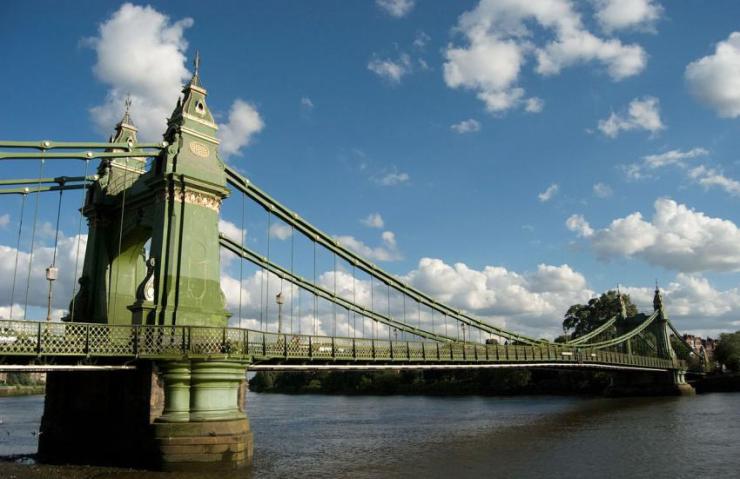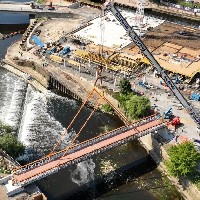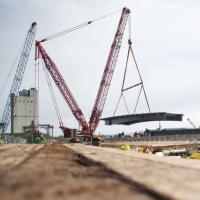Hammersmith & Fulham Council has approved a US$8.3 million plan that it said will be delivered more quickly than the original US$41.6m scheme - the works are expected to be completed in under a year.
Mott MacDonald devised the alternative stabilisation plan that has now been chosen to replace the Pell Frischmann scheme.
The council commissioned Dr Steve Denton, head of civil, bridge and ground engineering at consultant WSP, to compare the two options to stabilise the bridge’s cast iron pedestals. He concluded that the one proposed by Mott MacDonald would be technically superior, implemented more rapidly and more cost efficient than the US$41.6 million scheme presented by Pell Frischmann.
As well as saving about US$33 million and reducing the works programme to 46 weeks, the new plan - which has been favourably reviewed by Heritage England - is expected to reduce the need for temporary closures. Engineers believe it will also avoid the need to divert the gas mains on the bridge for the stabilisation work.
The proposal was presented to engineers and officials from the Department for Transport (DfT) and Transport for London (TfL) at a meeting with Dr Steve Denton and H&F engineers held last week.

Councillor Stephen Cowan, the council’s leader, said: “We don’t want to lose a single day in delivering the full stabilisation of the bridge to ensure residents on both sides of the river no longer have to deal with closures or the threat of closures.
“Whilst putting the safety of the public first, we believe that the importance of maintaining pace and progress, the real savings achieved by the deployment of the preferred stabilisation works option and the current vulnerability of Hammersmith Bridge demands rapid action.”
Denton’s report states: “The design concept for the Pell Frischmann proposal is to construct an external frame that provides an independent load path, eliminating reliance on the pedestals until they are strengthened and new bearings are installed. Given the uncertainties about the pedestals at the time the concept was first developed, it is entirely understandable why such an approach was initially taken.”
The Mott MacDonald solution involves the use of elastomeric bearings that allow any pressure to be applied equally to all four corners whilst protecting the vulnerable 134 year-old cast iron structure. Denton said the Mott MacDonald proposal benefits significantly from the insight gained from the refined pedestal analysis that engineers have done over the last year.
He said: “As a result, jacking to enable bearing replacement is undertaken using the pedestal itself, with the robustness of the pedestal having been enhanced prior to jacking.”
He concluded: “The Mott MacDonald proposal is significantly more cost effective.”
Whereas the Pell Frischmann plan suggested the driving of piles through historic fabric, Denton said “the Mott MacDonald proposal has lower impact on historic features” and has been favourably received by Heritage England.
The council expects to keep the bridge open to pedestrians and cyclists for the vast majority of the duration of the works, but there may be short programmed periods of closure to allow some works to take place safely. Advance warning of any closures to minimise disruption will be given.
Denton is now considering the two current options for the strengthening and restoration work - the existing TfL plan and the pioneering Fosters & Partners/Cowi proposal for a temporary double decker truss (link opens in new tab).





